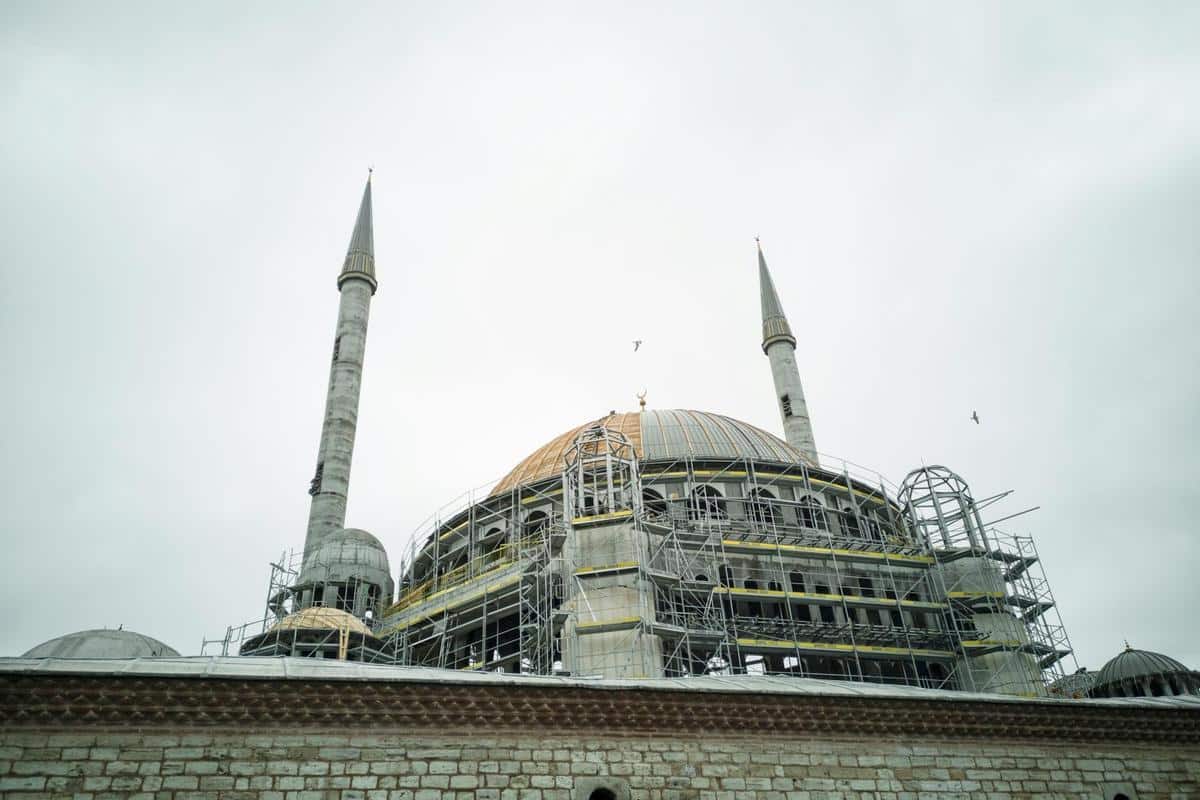
Restoration of Historical Buildings: Balancing Integrity and Innovation
Preserving the past while embracing the future is a delicate balancing act, particularly when it comes to the restoration of historical buildings.
Historical buildings are not just structures; they are tangible connections to our cultural heritage. Restoring these architectural wonders is a complex endeavor that requires a harmonious blend of maintaining authenticity while integrating modern innovations. This article delves into the intricate process of restoring historical buildings and how experts navigate the dual objectives of integrity and innovation.
Understanding the Significance of Historical Buildings
Historical buildings offer a window into the past, reflecting the architectural styles, cultural values, and historical events of their time. According to the International Council on Monuments and Sites, preserving these structures is crucial for cultural identity and education.
Expert Insights
Architect Maria Gonzalez, known for her work in heritage conservation, emphasizes, “Restoration is about respect for the original craftsmanship while allowing the building to meet contemporary needs.”
Challenges in Restoration
Restoration projects often face a myriad of challenges, including budget constraints, regulatory hurdles, and the need to source authentic materials. For instance, a survey by the Heritage Trust found that 60% of restoration projects exceed initial budget estimates due to unforeseen structural issues.
Innovative Techniques
Modern technology plays a pivotal role in restoration. Techniques such as 3D scanning and digital modeling help architects understand the building’s original design and structure. These innovations allow for precise restorations that maintain the building’s historical integrity.
Document every phase of the restoration process meticulously. This not only aids in future maintenance but also provides valuable insights for similar projects.
A Successful Restoration Example
The renovation of the Old Town Hall in Prague serves as an exemplary case. Combining traditional craftsmanship with state-of-the-art technology, the project revitalized the landmark without compromising its historical essence.
Actionable Tips for Restoration Projects
- Involve stakeholders early in the planning process to align goals and expectations.
- Utilize technology for precise assessments and to minimize invasive investigations.
- Plan for flexibility in budgeting to accommodate unexpected challenges.
Comparison: Traditional vs. Innovative Restoration Approaches
| Aspect | Traditional Approach | Innovative Approach |
|---|---|---|
| Materials | Authentic sourcing | Modern substitutes where necessary |
| Techniques | Manual craftsmanship | 3D scanning and modeling |
| Cost | Generally higher due to material costs | Varies with technology use |
| Time | Longer due to detailed work | Potentially reduced with technology |
| Flexibility | Limited | Higher with digital planning |
| Accuracy | Dependent on artisan skill | Enhanced with precise tools |
| Outcome | Authentic restoration | Authentic with modern amenities |
| Environmental Impact | Potentially higher due to material sourcing | Reduced with sustainable practices |
Frequently Asked Questions
Why is it important to restore historical buildings?
Restoring historical buildings preserves cultural heritage, offers educational opportunities, and can boost local economies through tourism.
How does modern technology assist in restoration?
Technology like 3D scanning allows for detailed analysis and accurate replication of original architectural elements, ensuring precise restoration.
What are common challenges in restoring historical buildings?
Challenges include sourcing authentic materials, meeting regulatory requirements, and managing budget constraints.
Conclusion
The restoration of historical buildings is a vital endeavor that bridges the past with the present. By embracing both traditional techniques and modern innovations, we can ensure these cultural landmarks continue to inspire future generations. Whether you’re involved in a restoration project or simply appreciate the beauty of historical architecture, understanding this balance is key to preserving our shared heritage.